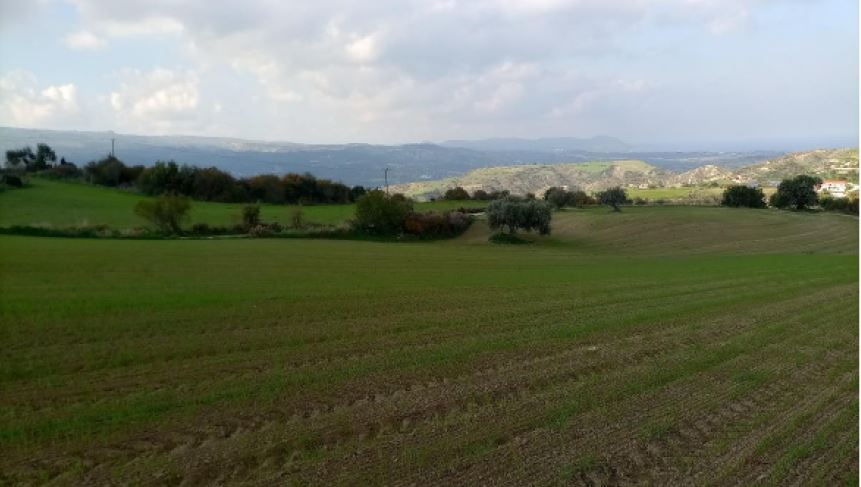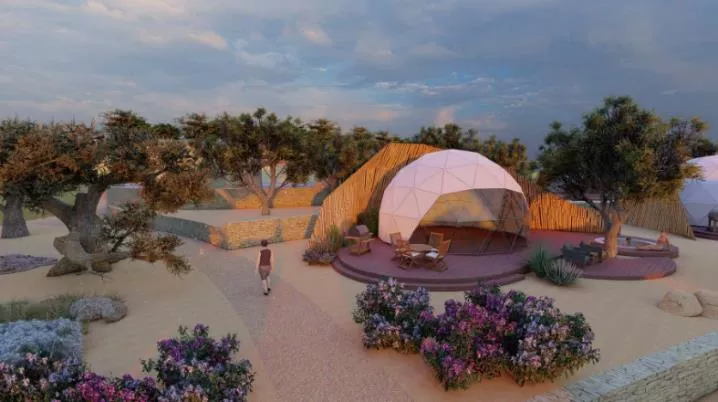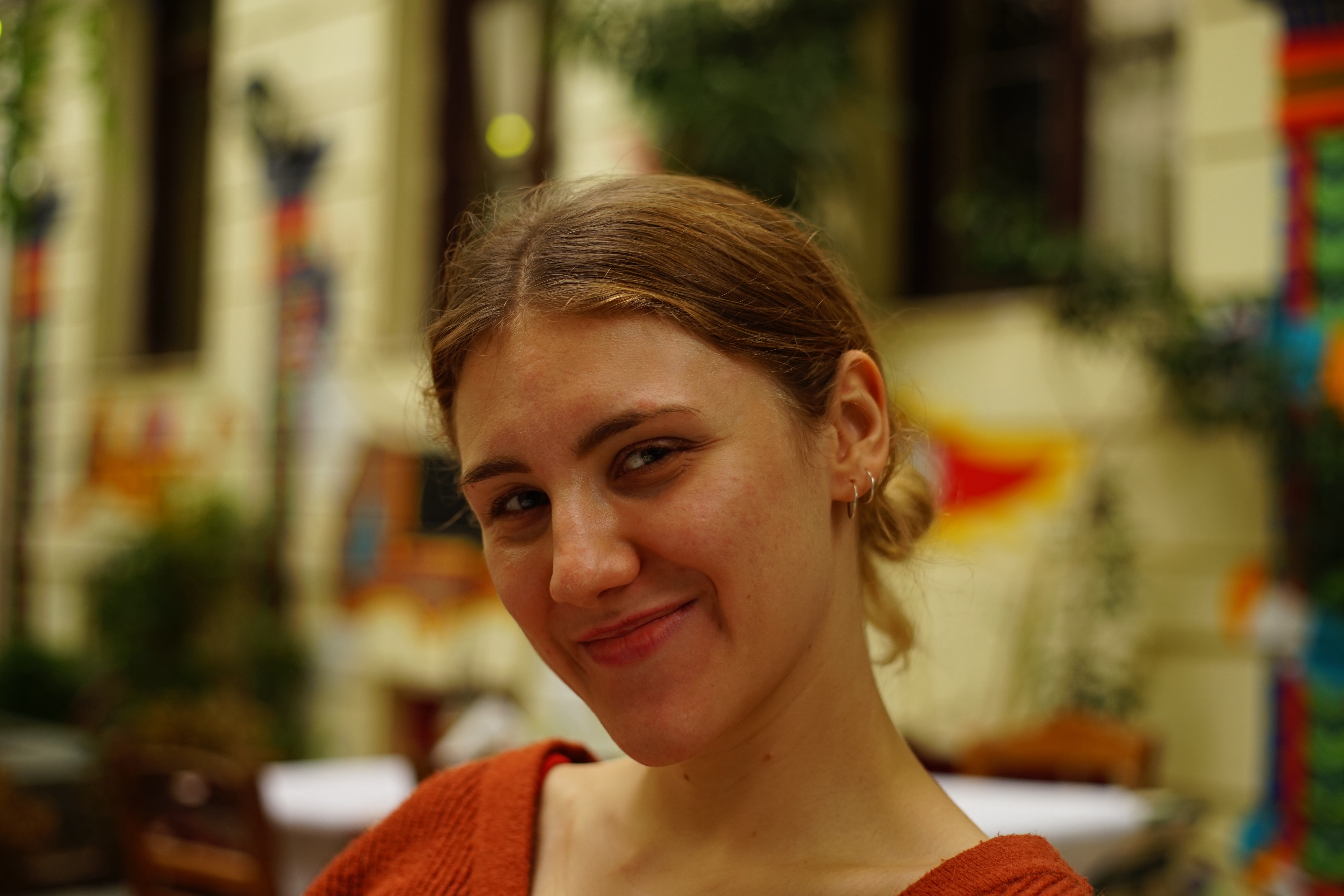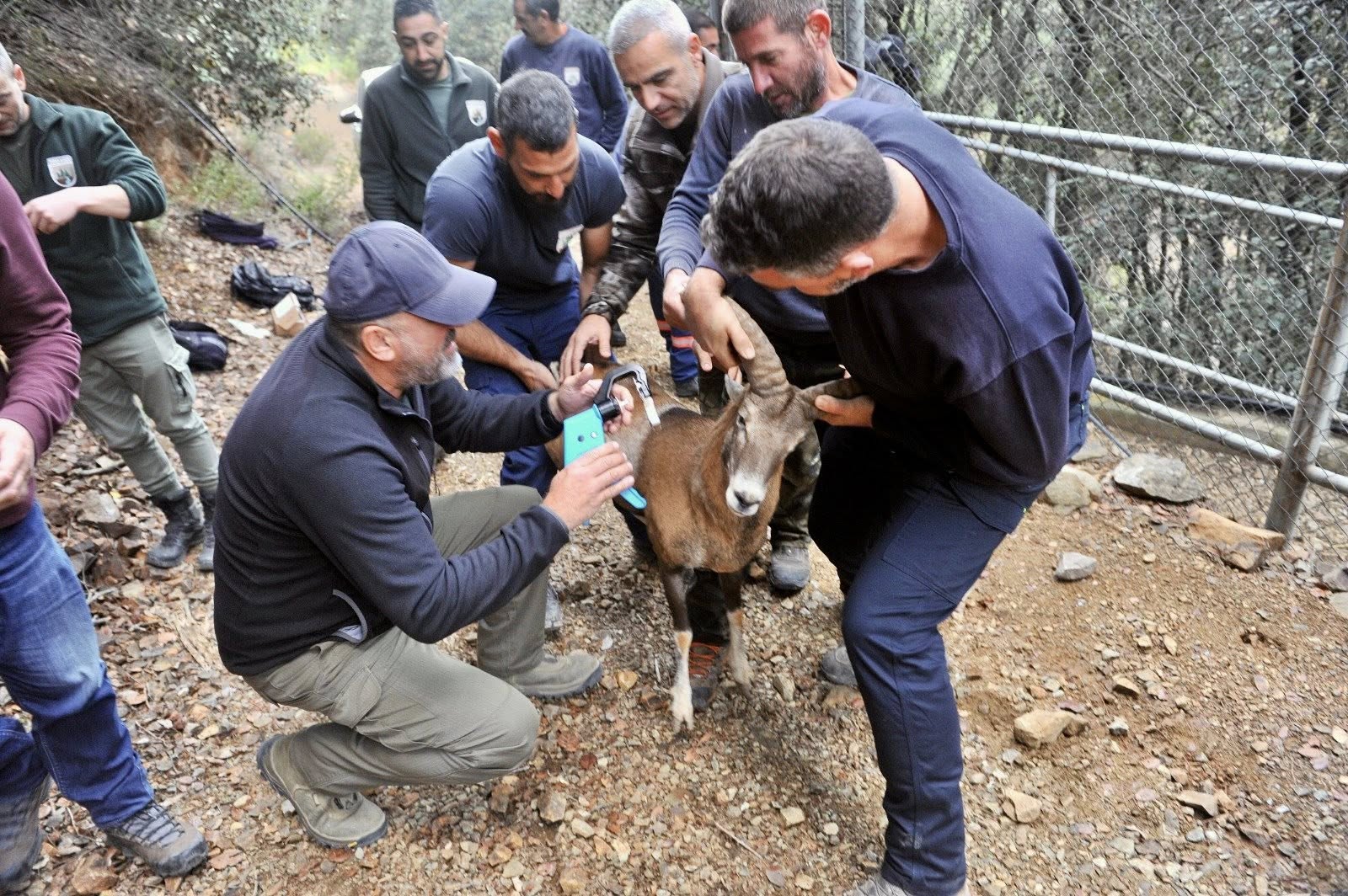A new glamping site, partly located just 125 metres from the Natura 2000 protected area “Sarama Valley” in Peristerona, Paphos, has been approved by the environmental department.
The approval followed a special assessment report dated August 1, which concluded that the facility’s construction would not cause “irreversible damage.”
According to the report, carried out by Nicosia-based consultancy I.A.CO Environmental & Water Consultants Ltd, the campsite will cover 22,743 square metres of agricultural land. Public areas will account for 3,034 square metres, including green spaces and community facilities.
“Public spaces will be created on 3,034 square metres [of the land], including green spaces and a an area for community equipment,” the report reads.
Construction will include 20 dome-shaped cabins occupying 419.51 square metres. The €1 million project is expected to be completed within 12 months.
The project is set to operate daily throughout the course of the year. The average number of guests was estimated at 54 people, while the maximum number of guests could reach up to 72 people with during the peak holiday season from May to September.
It will operate year-round, with an average of 54 guests and up to 72 during the May–September peak season. Facilities will include an amphitheatre, playground, dining spaces, a biological wastewater treatment plant, and 35 parking spaces.
At its closest point, the project lies 125 metres from the protected area, home to endangered bird species and plants.
The report found that the development would not obstruct migratory bird passages, as the site does not overlap with defined transit corridors.
“On the basis of the management plan of the area, the area of the proposed project is not included in part or in total inside the limits that shape the passages and corridors of transit of migratory wild birds,” it reads.
However, potential impacts were noted, such as habitat reduction, species disturbance, and increased noise.
The environmental department, in its final assessment of the project, said that a total of 32 species of flora, none of which were included in the red flora data book, the official record documenting the rare and endangered plants of Cyprus, were confirmed during the carrying out of the special ecological assessment.
“The land has been used for agricultural purposes in the past and cultivated with wheat, while along the south side [we found] four almond trees and bushes, and two olive trees on the western side of the area,” the department wrote.

Therefore, the area in question could not be considered suitable for nesting, feeding and resting ground for the species of the neighbouring SPA as they prefer dense bush or tree areas, steep cliffs or stone walls, the department said.
To minimise impact, the department required the use of the existing electricity grid instead of a new one, limits on guest numbers, planting of 250 new trees, and measures to reduce light and noise pollution.
Overall, the department found that the potential risk of influencing the habitat of the protected the species through the construction/earthworks could be effectively treated through the application of certain restrictions.
“Therefore, the construction and operation of the proposed project can be approved, since the rational design, is not likely to significantly affect the species of the area,” the department concluded.
BirdLife Cyprus, which was part of the ad-hoc committee discussing the project, said that while it had initially expressed its reservations to the project, in revised drawings presented by the developer at a later stage most of the committee’s concerns had been addressed.
“This included the removal of any open fire spaces, moving the domes further away from the protected area, and so on” BirdLife campaigns coordinator Tassos Shialis told the Cyprus Mail.
Therefore, in the second meeting, BirdLife Cyprus did not express its opposition to this project, provided that the environmental conditions set in the environmental permit approval would be adopted.
This, Shialis said, meant that there would be no light pollution in the outdoor lighting – achieved through the installation of down-lighting systems – no additional electricity grid expansion, no noise pollution and the undertaking of events on site, no fire in outdoor spaces and that no construction works would be undertaken during the period March to July.







Click here to change your cookie preferences